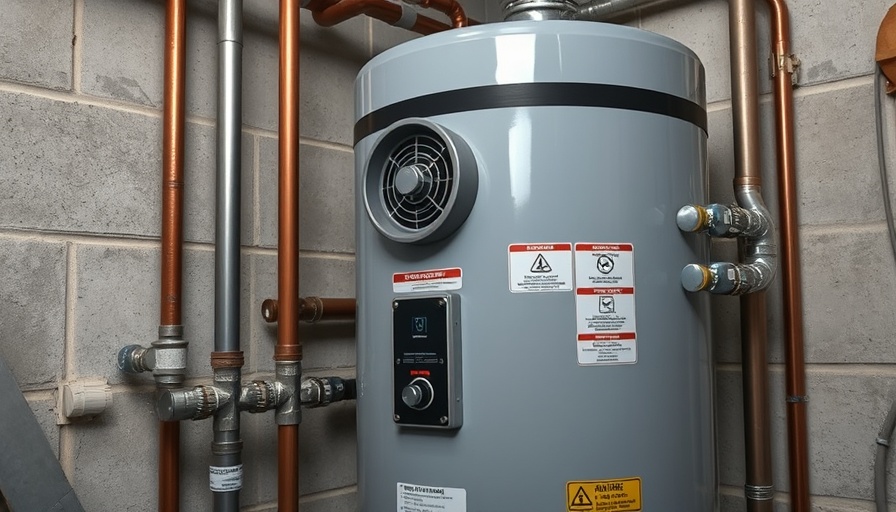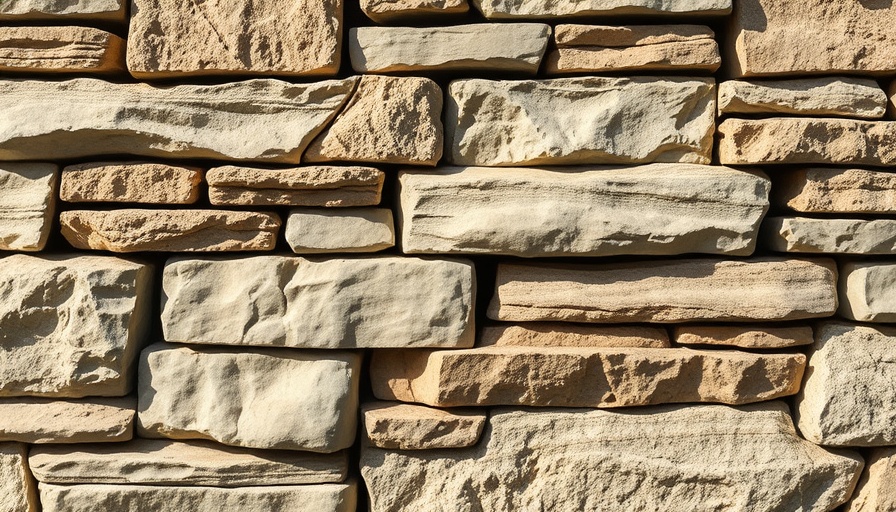
Understanding Combustion Air for Gas Water Heaters
Gas water heaters are a staple in many homes, often providing reliable and consistent hot water. However, while they are known for efficiency, the significance of combustion air—a crucial element of their functioning—is often overlooked. Understanding the importance of adequate combustion air can not only enhance the efficiency of your water heater but also ensure the safety of your home.
Why Combustion Air Matters
Combustion air refers to the air needed for the gas water heater to burn fuel effectively. Without adequate combustion air, the heater may not function optimally, leading to incomplete combustion that produces carbon monoxide— a hazardous gas. Proper ventilation is essential to prevent backdrafting and to allow for the safe operation of the heater, which is particularly vital in enclosed spaces.
Common Misconceptions About Combustion Air
Many homeowners erroneously believe that gas appliances draw sufficient air from existing room ventilation. However, this can be misleading, especially in tightly insulated homes. The reality is that sufficient combustion air often requires specific ventilation systems to function correctly. It’s essential for homeowners to recognize that relying solely on natural air circulation might put their health at risk.
Implementing Safe Combustion Air Systems
To ensure adequate supply of combustion air, various setups can be utilized:
1. **Direct Vent Systems:** These systems draw air from outside the home, ensuring that combustion air is always available while also channeling exhaust gases directly outside, improving air quality within the home.
2. **Grilles and Louvers:** If the system is localized, installing vents that provide direct paths for combustion air can enhance performance. Proper sizing and placement are paramount to facilitate efficient airflow.
3. **Power Venting:** For challenging installations, power vents can assist in moving air in and out, allowing for better management of combustion needs and safety.
Decisions Homeowners Can Make
Homeowners can take proactive steps based on their understanding of combustion air needs. Regular maintenance checks, including the inspection of venting and air supply, are essential actions. This knowledge empowers them to make informed decisions about possible system upgrades or necessary repairs to ensure sustained safety and efficiency in their gas water heaters.
Future Trends in Combustion Systems
Looking ahead, technological advancements are set to redefine how combustion systems work. Innovations such as smart venting solutions, which include sensors to monitor air quality and automatically adjust ventilation as needed, promise a more efficient and safer home environment. These developments not only enhance operational safety but align with wider trends towards energy efficiency in residential environments.
Your Home's Health and Comfort
Understanding combustion air's role is not just about appliance efficiency; it directly impacts your home’s safety and indoor air quality. As awareness grows, homeowners must take the necessary steps to ensure that their systems are functioning correctly. Whether it involves upgrading equipment or simply being educated on proper ventilation practices, the right actions can lead to significant improvements in home environment.
In conclusion, adequate combustion air is essential for the efficient and safe operation of gas water heaters. By recognizing the importance of this element, homeowners can implement vital changes that not only enhance the efficiency of their appliances but also improve overall household safety.
 Add Row
Add Row  Add
Add 






Write A Comment